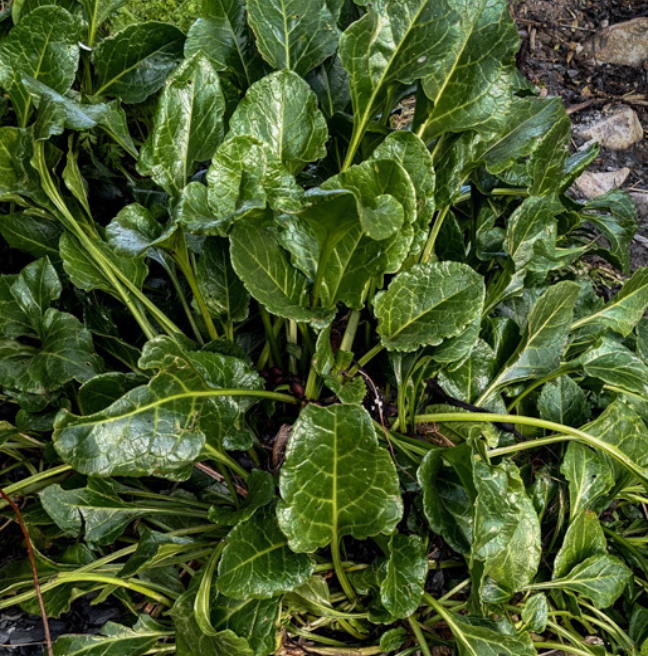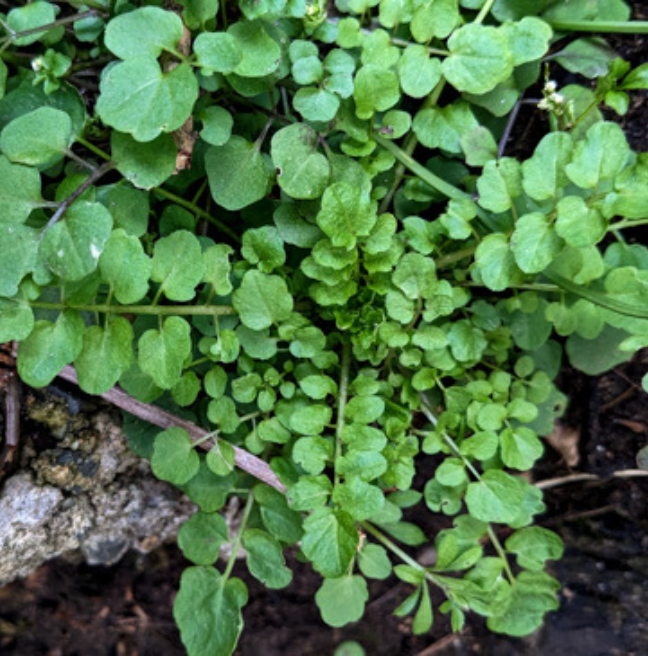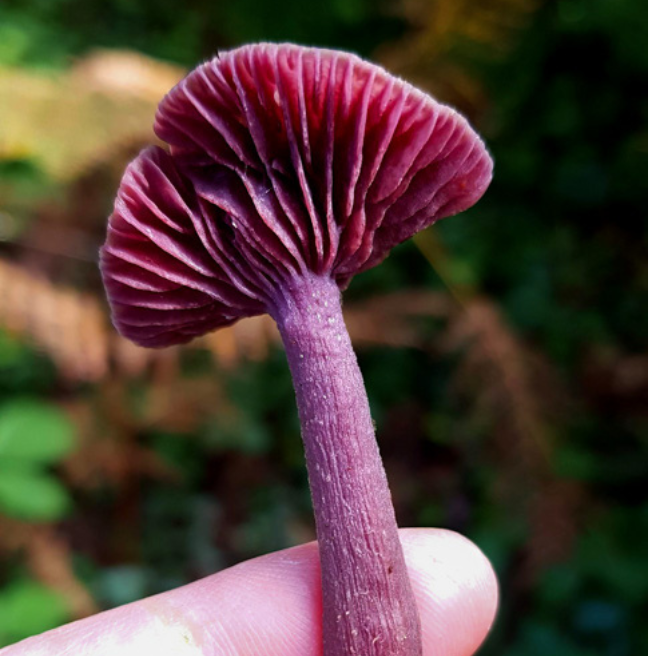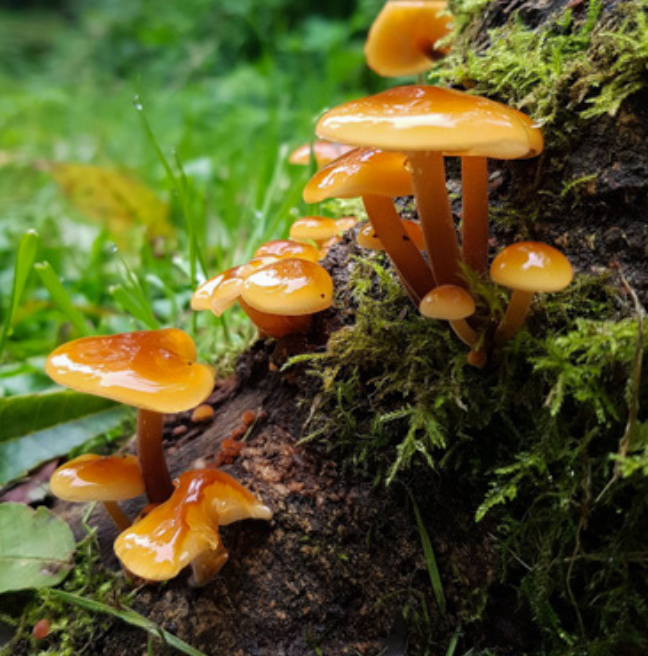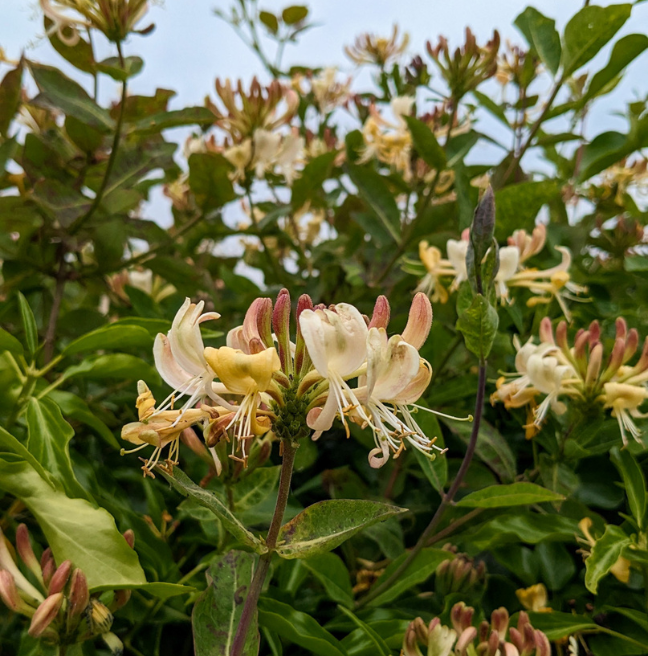
Winter
Foraging for wild food can really engage us with the seasons and bring us close to the earth and our amazing environment through exploration and observation of plants and fungi. Spring brought us the fresh, bright green flavour of emerging plants, Summer the sweet scent of flowers and soft fruit, and Autumn the robust harvest season of nuts and fungi. They have their own timeline and take no interest in human cycles. That is what makes wild food especially alluring as once the plant, tree or fungus has run its life cycle we may have to wait a whole year before it emerges again. Blink and you may miss something. That means that even at this time of year you will still find me still traipsing through muddy puddles and frosty hedgerows to collect weeds and leaves and photograph unknown mushrooms, moss and lichen.
With Winter’s arrival it can feel like there is nothing worth heading out for to put on your plate but for me the experience of going outside alone makes the changing season into crisp darkness much easier to bear and the meagre wild food I find becomes more of a bonus than a goal. It’s still important to wrap up, get the waterproof boots on and head out to absorb as much light as possible every day. Along the way I will practise my tree bark identification (tricky!), look for plants that are normally hidden by abundant summer weeds and keep my eyes peeled for some of my favourite treats that endure the winter months - sloes, velvet shanks and sea beet.
Edible plants
Tips for Winter Foraging
While winter is the scarcest season, it is also the season to rediscover things that may have been outshone by huge summer plants like nettles, raspberry and bramble. As these die back there is opportunity to gather fresh baby greens as they have their final burst of life before frosts arrive. I can still gather greens like common sorrel and wood sorrel for a pesto or to add to salads. There will still be some fruit around though these will usually be the ones that need more creative applications such as sloes, medlars, Japanese quince and acorns. These can seem like projects for the serious forager but all are absolutely worth your time. Sloes, for example, are an abundant and wildly underrated fruit for an earthy winter jelly to serve with your Christmas cheese.
Plants that have gone into seed also have lots to offer. For example, dock seed can be ground into flour. It’s also worth looking out for the last of the sweet chestnuts, hazels and beech nuts. One place you can be virtually guaranteed of interesting ingredients is the coast. Seaweed and seaside greens continue to thrive throughout this season so if, like me, you have a craving for earthy or mustardy flavours then go and discover these ones for yourself.
Again, be careful with your gathers and be absolutely certain before you cook anything up. There are a number of poisonous plants heating into fruit at this time of year which may grab your eye such as ivy, dogwood and cotoneaster so always be safe and certain before gathering things to eat. Remember, plants should never be uprooted without prior permission and not all places permit foraging so check before you go.
Edible Fungi
Edible Winter Plants
- Sea beet - This is the seaside cousin of beetroot. These have an earthy flavour and remain a substantial green throughout the year. The plant enjoys shrubby soil near the shoreline.
- Sea radish greens - If you enjoy mustard or wasabi you should get to know sea radish which produces lovely fresh greenery at this time of year.
- Sea purslane - This salty marsh loving plant is around for most of the year and is abundant around the south Down coasts.
- Seaweed - There are so many types of seaweed that are edible and easy to gather but sleabhac is my very favourite to gather in the winter.
- Wood sorrel - Almost any woodland in Ireland should have some of this tasty shamrock green.
- Common sorrel - Sorrel endures the winter until heavy frost. Look out for its rosette on the edge of meadows.
- Hairy bittercress - This diminutive plant is at its best now. Look out for it growing among garden plants. One of my favourite pesto ingredients.
- Campanula - These will still be in flower in the early winter months. Their leaves can also be used as an addition to soups, stews and even salads.
- Mahonia flowers - A non native but very welcome spray of tasty yellow flowers. I love adding these to cakes and to my morning porridge for a sunny zing. A common park plant.
- Gorse - Gorse makes its return to bloom at this time of year. Add the flowers to salads or on cakes.
- Wood ear mushrooms - This is one of the easiest mushrooms for a beginner to learn. These rubbery brown mushrooms can seem a bit challenging but are great absorbers of flavour and work best cut finely and added to other things.
Foraging to Fork
This mince pie recipe includes ingredients that you can forage in the winter for a delightful holiday treat.
These pies are made with a quick, tart and fresh filling that isn’t aged like a traditional mince meat. The filling is very adaptable so if you’re not able to find some of these odd ingredients, sub it for whatever you like - pear, plums or other dried fruit will be perfect too. These also store very well in the freezer too. Just bake, cool and freeze once you have got to the final step. These reheat beautifully in the oven. This recipe also doubles up nicely too. One thing I really recommend doing is making the pastry yourself. An all butter flaky shortcrust truly makes these special and I promise it is not that difficult and it is so delicious.

You might also like
Foraging in Spring
Join Clare of Feasting on Weeds as we explore what's new and delicious in springtime.
Foraging in Summer
Join Clare of Feasting on Weeds as we explore summer fruits and edible flowers.
Foraging in Autumn
Join Clare of Feasting on Weeds as we explore the wild bounty of autumn.
